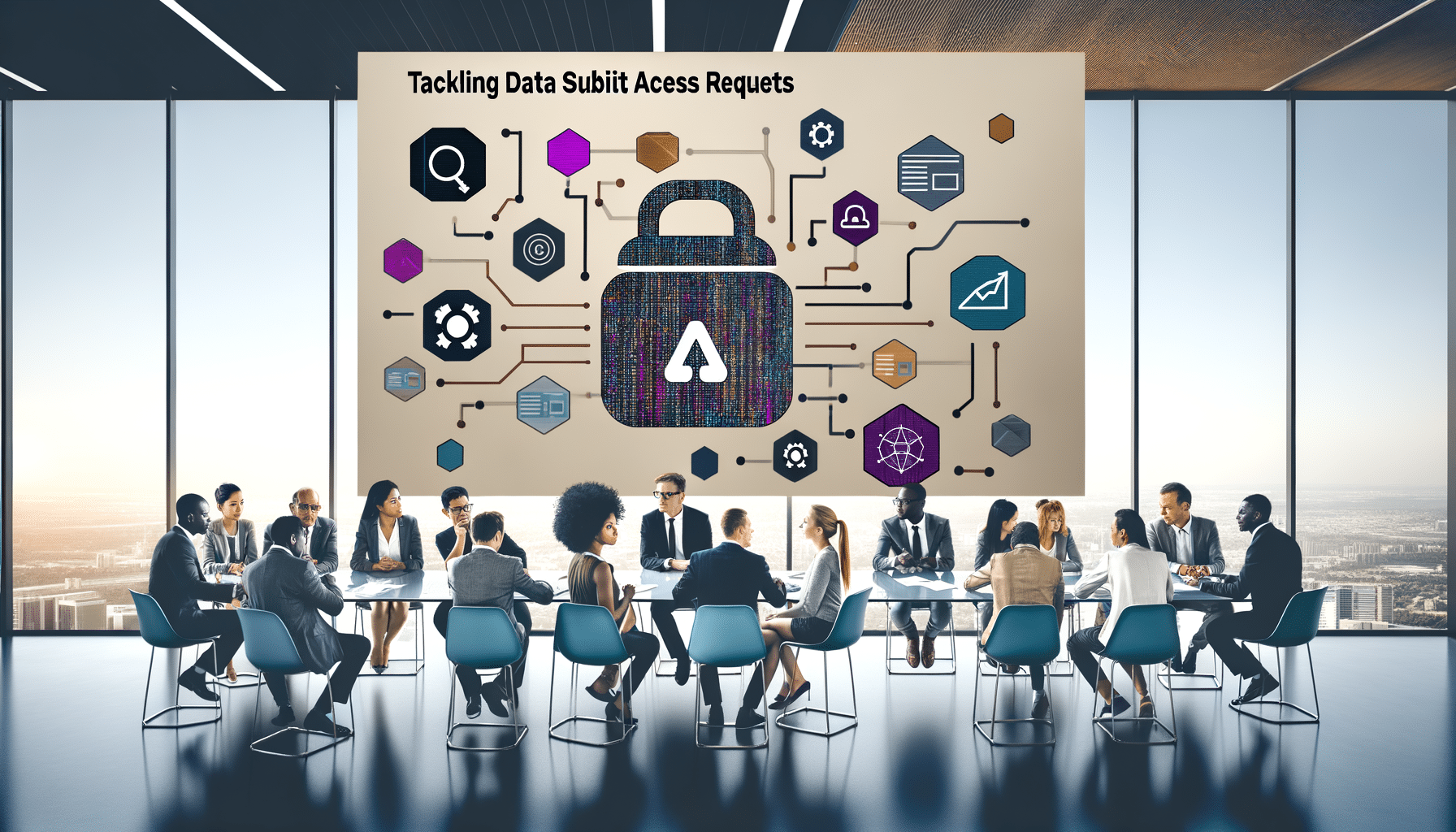Introduction
Data Subject Access Requests (DSARs) are gaining momentum as privacy regulations like the GDPR place users in the driver’s seat of their personal data. By offering individuals the ability to access the data organizations hold on them, DSARs promote transparency and trust. However, the intricacies tied to managing these requests can overwhelm even the most seasoned compliance teams. Leveraging the next-generation capabilities of AI and blockchain technology, we can simplify these processes, ensuring not only compliance but also operational efficiency.
As the founder of RecordsKeeper.AI, I’ve personally witnessed the transformative power of technology on organizational processes. DSARs, while essential to data privacy, present significant challenges—challenges we’re poised to address.
Understanding Data Subject Access Requests
Let’s demystify DSARs. Essentially, DSARs empower individuals by granting them the right to inquire about personal data held by organizations. While fundamentally about transparency, these requests can become complex, requiring organizations to balance compliance with operational demands.
Processing a single request can involve:
With each step posing distinct challenges, the growing number of DSARs further amplifies these demands. It’s a landscape that requires not just compliance but also efficiency and security.
The Challenges of Traditional DSAR Management
Before diving into technological solutions, it’s essential to evaluate the conventional approach to DSARs. Manual processes, typically reliant on human intervention and basic digital tools, are fraught with inefficiency. The chances of human error rise in tandem with manual handling, leading to risks of data breaches or non-compliance.
These challenges include:
Revolutionizing DSARs with AI and Blockchain
At RecordsKeeper.AI, we’ve developed a suite of tools aimed at revolutionizing DSAR management. By integrating AI and blockchain, we’ve automated cumbersome processes while enhancing security and accuracy.
1. AI-Powered Automation
Employing AI allows us to streamline the entire DSAR lifecycle:
2. The Role of Blockchain
Blockchain technology is a game-changer for DSARs. Its inherent security features enhance data integrity:
Benefits of a Tech-Driven Approach
Implementing AI and blockchain in DSAR management reveals numerous advantages.
Conclusion
Embracing AI and blockchain for DSAR management is not just about compliance; it’s about leveraging technology to gain strategic advantages. Modern record management systems like RecordsKeeper.AI provide the tools necessary for Legal, Finance, and Compliance heads to transition from reactive to proactive positions, anticipating and responding to privacy obligations with newfound agility and security.
It’s a journey I am thrilled to lead. By transforming how DSARs and records management are handled, we’re not just meeting today’s challenges—we’re anticipating tomorrow’s, six steps ahead of potential pitfalls.
For further insights on modern record management, privacy technologies, or to explore the comprehensive capabilities of RecordsKeeper.AI, I invite you to follow along on this innovation-driven journey. Let’s navigate the evolving landscape of data privacy together.








